Biometric Authentication has emerged as a powerful tool in cybersecurity, providing a higher level of security by using unique biological traits for user verification. In a world where cyber threats are constantly evolving, traditional passwords and PINs are no longer sufficient to safeguard sensitive information. Biometric Authentication methods—such as fingerprint recognition, facial recognition, iris scanning, and voice recognition—offer a more secure and user-friendly alternative. Understanding Biometric Authentication is crucial for professionals in cybersecurity planning, research, and decision-making, as it addresses both the need for stronger security and the convenience of seamless access. As the digital landscape expands, incorporating biometric systems becomes essential for protecting assets and ensuring secure access.
Overview
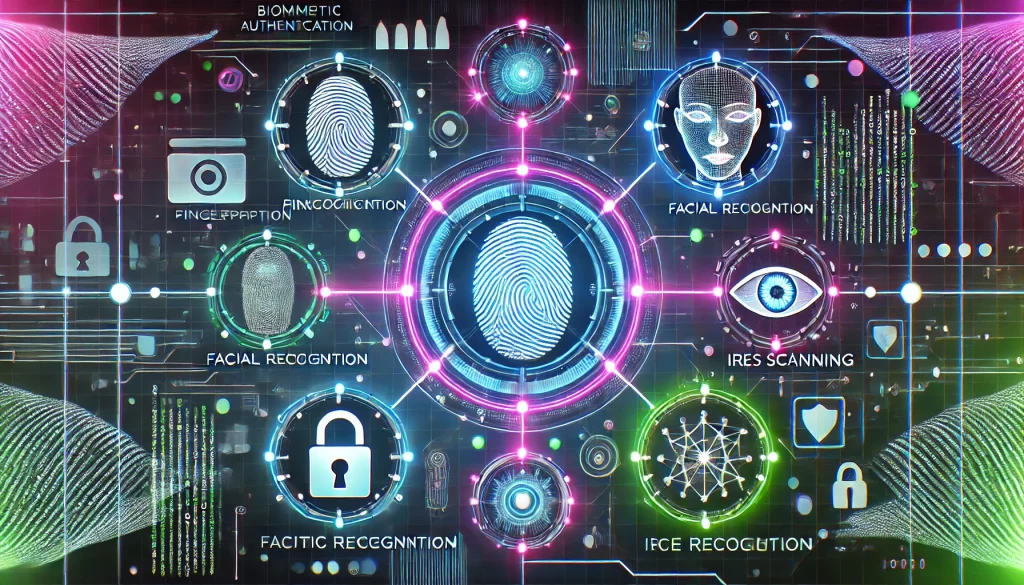
Biometric Authentication leverages unique biological characteristics to verify an individual’s identity, making it a crucial component in modern cybersecurity frameworks. Unlike traditional methods that rely on what you know (passwords) or what you have (tokens), biometric systems authenticate based on who you are. This includes fingerprints, facial features, iris patterns, voiceprints, and even behavioral traits like typing rhythm or gait. The key advantage of biometric authentication lies in its uniqueness and difficulty to replicate, providing a stronger defense against unauthorized access. Biometric data is usually stored in encrypted form, further enhancing its security. Key features include speed, ease of use, and the ability to integrate with multi-factor authentication systems. Biometric Authentication is increasingly being used in various sectors like finance, healthcare, and government to ensure secure and seamless access.
Pros and Cons
| Pros | Cons |
|---|---|
| Enhanced Security: Biometrics are harder to forge or steal than passwords. | Privacy Concerns: Biometric data storage raises concerns about misuse and breaches. |
| Convenience: Users do not need to remember passwords or carry tokens. | False Positives/Negatives: Recognition errors can lead to security or access issues. |
| Quick and Efficient: Fast authentication speeds improve user experience. | High Implementation Costs: Biometric systems can be expensive to set up and maintain. |
| Integration with MFA: Adds an additional layer of security to traditional methods. | Data Irreversibility: Stolen biometric data cannot be changed like a password. |
| Reduces Password Fatigue: Users are relieved from managing multiple passwords. | Technical Limitations: Some methods may not work well in certain conditions (e.g., poor lighting for facial recognition). |
In-Depth Analysis of Biometric Authentication
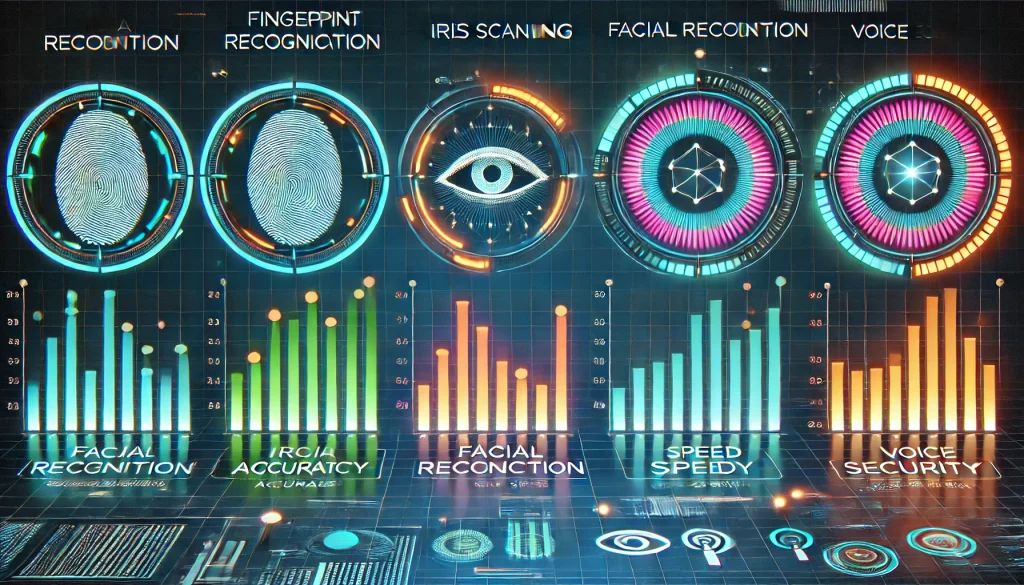
Performance
Biometric authentication systems are known for their high performance in providing secure and quick access. Methods like fingerprint and iris scanning offer reliable results with minimal delays, which enhances both security and user experience. However, performance can vary depending on the quality of sensors and software used.
Usability
Most biometric methods, such as fingerprint and facial recognition, are user-friendly and require minimal effort from users. They offer seamless experiences in everyday use, such as unlocking smartphones or accessing secure facilities. However, some methods like iris scanning may require specific conditions and can be less convenient.
Accuracy and Reliability
Accuracy is a critical factor in biometric authentication. Fingerprint and iris scanning tend to offer the highest accuracy, with low False Acceptance Rates (FAR) and False Rejection Rates (FRR). However, facial recognition and voice recognition can be less reliable in certain conditions, such as varying lighting or background noise.
User Experience and Convenience
Biometric systems significantly enhance user experience by offering fast, one-step access without the need for remembering complex passwords. Users can unlock their devices, authorize payments, or access secure areas quickly and easily. However, there may be occasional user frustrations due to recognition errors or hardware malfunctions.
Implementation and Integration
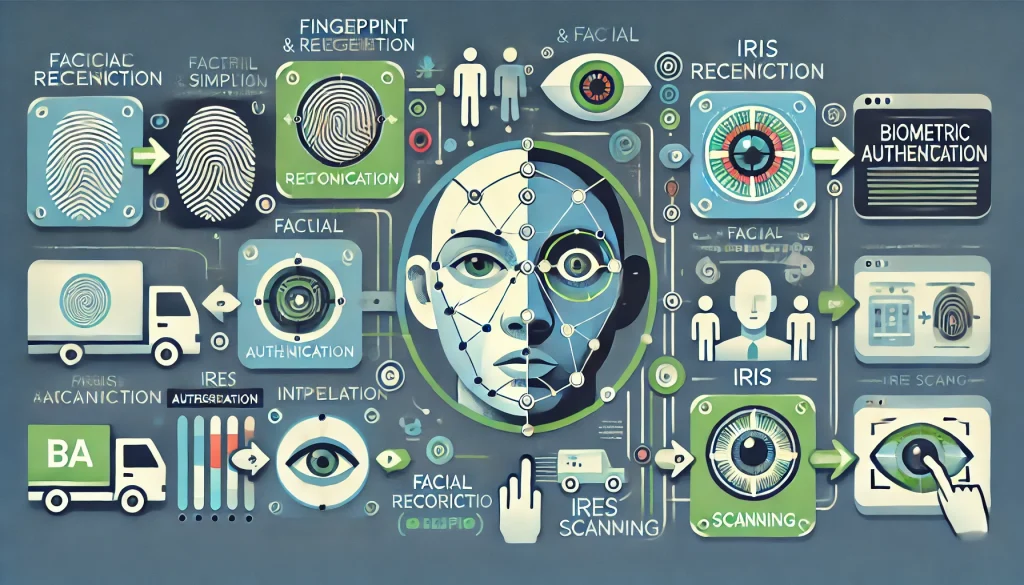
Integrating biometric authentication into existing systems can be straightforward for widely-used methods like fingerprint and facial recognition. These methods are compatible with most modern devices and software platforms. However, implementing more advanced systems like iris or retina scanning may involve higher costs and complexity.
Cost and Scalability
The cost of implementing biometric authentication varies based on the method chosen. Fingerprint and facial recognition systems have become more affordable due to advancements in technology, making them scalable for both small businesses and large enterprises. More sophisticated systems like iris and retina scanning, however, involve higher costs and are less scalable.
Comparison with Other Authentication Methods
Compared to traditional methods such as passwords, tokens, and PINs, biometric authentication offers a more secure and user-friendly experience. Unlike passwords that can be forgotten or stolen, biometrics are unique to each individual and difficult to replicate. However, unlike passwords, biometric data cannot be changed if compromised, posing a potential risk. Multi-Factor Authentication (MFA) often combines biometrics with traditional methods to enhance overall security, providing a balanced approach that benefits from both convenience and strong security.
Cases and Industry Adoption
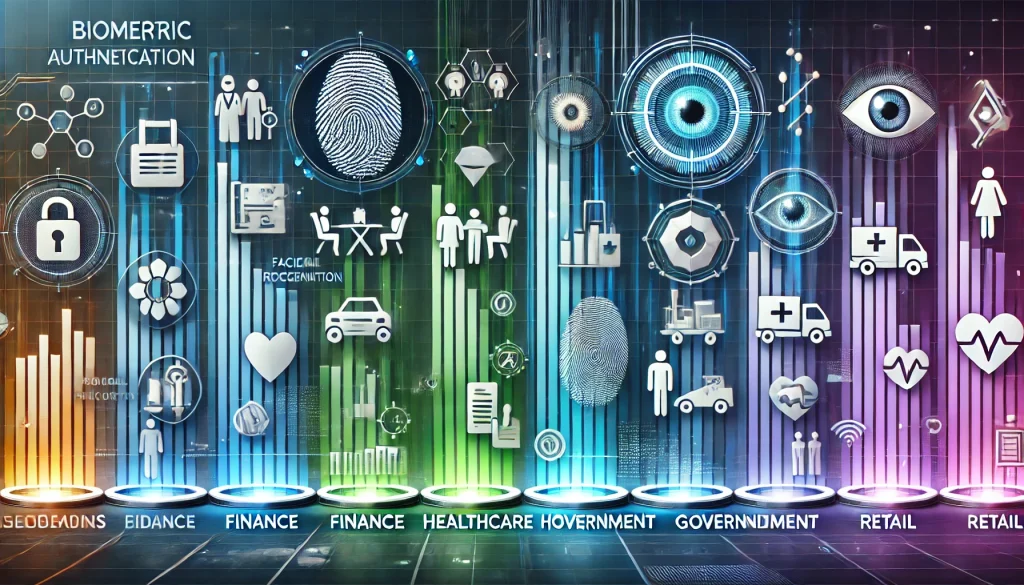
Biometric authentication is being adopted across various industries due to its effectiveness and convenience. In finance, banks use biometrics for secure customer logins and transactions, reducing fraud risks. In healthcare, biometric systems help protect sensitive patient data and ensure secure access to medical records. Government agencies use biometrics for national ID programs, border security, and voter identification, enhancing both security and efficiency. In retail, biometrics facilitate seamless payments and personalized experiences. Consumer-facing applications like smartphone unlocking are popular for convenience, while enterprise applications focus on secure access control and compliance with data protection regulations.
Conclusion
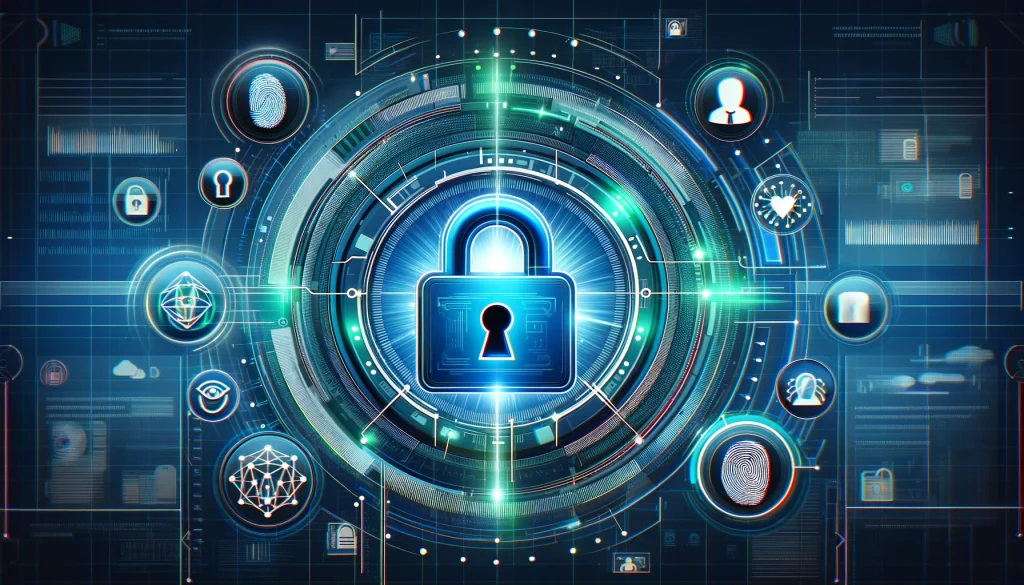
Biometric authentication is a pivotal advancement in cybersecurity, offering a balance of security, convenience, and innovation. While it provides significant advantages such as enhanced security and user experience, it also presents challenges related to privacy, data security, and high implementation costs. Understanding these factors is essential for cybersecurity professionals and organizations considering its adoption. As technology evolves, biometric authentication will likely become more integrated into everyday applications, providing stronger security measures while balancing privacy concerns. It is a valuable addition to any multi-layered security strategy, combining robust protection with user convenience.
FAQ
What is biometric authentication, and how does it work?
Biometric authentication uses unique biological traits, such as fingerprints, facial recognition, or iris patterns, to verify a person’s identity. It works by capturing and storing these traits and then comparing them to the user’s biometric data during authentication to grant access.
What are the main advantages and disadvantages of biometric authentication?
The main advantages of biometric authentication include enhanced security, convenience, and quick access. However, disadvantages involve privacy concerns, high implementation costs, and potential errors or false positives/negatives in recognition.
How is biometric authentication used in different industries?
Biometric authentication is widely used in industries like finance for secure transactions, healthcare for protecting patient data, government for national ID and border security, and retail for seamless payments and personalized experiences.
